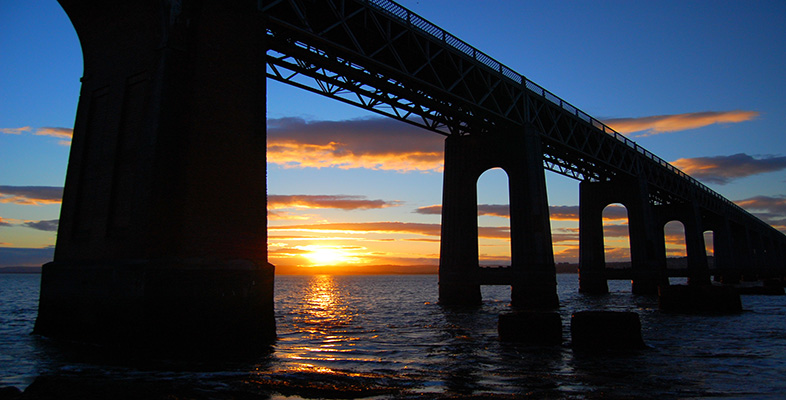2 Disasters of human origin
2.1 Overview
Catastrophes of human origin can be just as traumatic as those of natural origin, and are studied with even greater intensity for their causes. There are several ways disasters of human origin can be classified, depending on cause or size or origin. Another way of looking at them is by the kind of human activity – perhaps mining, fishing or transportation. Equally, disasters could be classified according to the kind of event that occurred during the accident – perhaps collision, sinking, fire or explosion.
Such events are frequently linked. One of the most well-known disasters in maritime history was the sinking of the Titanic in 1912. The sinking and total loss of the vessel occurred as the direct result of collision with an iceberg, as Input 3, linked below, relates.
Click 'View document' below to open Input 3
View document [Tip: hold Ctrl and click a link to open it in a new tab. (Hide tip)]
Transportation accidents are among the most serious of all disasters, simply because travel involves movement in a potentially hostile environment. Any collision, however small initially, can cause damage that can escalate from a small incident to a total catastrophe.
As Input 3 (above) relates, the subsequent Senate and Board of Trade enquiries led to big changes in the national laws of the USA and Britain, but also greater international collaboration between countries. The International Ice Patrol, for example, was born as a result of the disaster.
